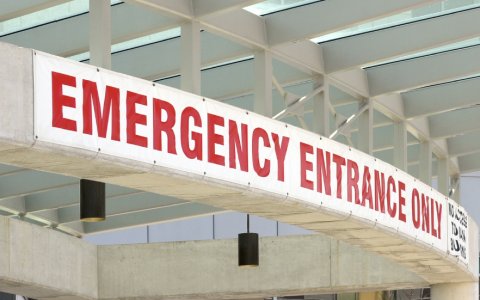Promising results from ED intervention with adolescent substance users
There are few data on the long-term impacts of brief interventions, particularly with youth. This paper reports the 10 year outcomes and compares major health costs following a randomized controlled trial. Significant reductions were found for alcohol and drug emergency presentations. Large but non-significant differences were found for most cost areas.
Background: Alcohol and other drug (AOD) use are significant cause of disease burden and costs among adolescents.
Methods: We conducted a randomized trial in hospital emergency departments (ED) following an AOD-related presentation, comparing usual care with brief advice and referral to link adolescents aged 12–19 years with external AOD services. Subsequently, we used health data linkage to assemble data on mortality, hospital admissions, ED attendances, out-patient mental health and use of opiate pharmacotherapies in the next 10 years. From these, treatment costs and rates of events were estimated and compared using generalized linear models.
Results: Those who received the intervention had lower costs ($22 versus $227: z = 3.16, p = 0.002) and rates (0.03 versus 0.25: z = 2.57, p = 0.010) of ED mental health AOD presentations. However, the intervention did not significantly reduce overall mean health costs per patient (intervention $58746 versus control $64833, p = 0.800). Similarly, there was no significant difference in the costs associated with hospitalizations ($48920versus $50911 p = 0.924), overall ED presentations ($4266 versus $4150, p = 0.916), out-patient mental health services ($4494 versus $7717, p = 0.282), or opiate pharmacotherapies ($1013 versus $2054, p = 0.209). Injecting drug use was a significant baseline predictor of subsequent costs in the cohort (z = 2.64, p = 0.008).
Conclusions: An ED delivered intervention may reduce direct ED costs and subsequent ED AOD attendances. There was also some indication that overall costs may be impacted, with economically large but non-significant differences.











